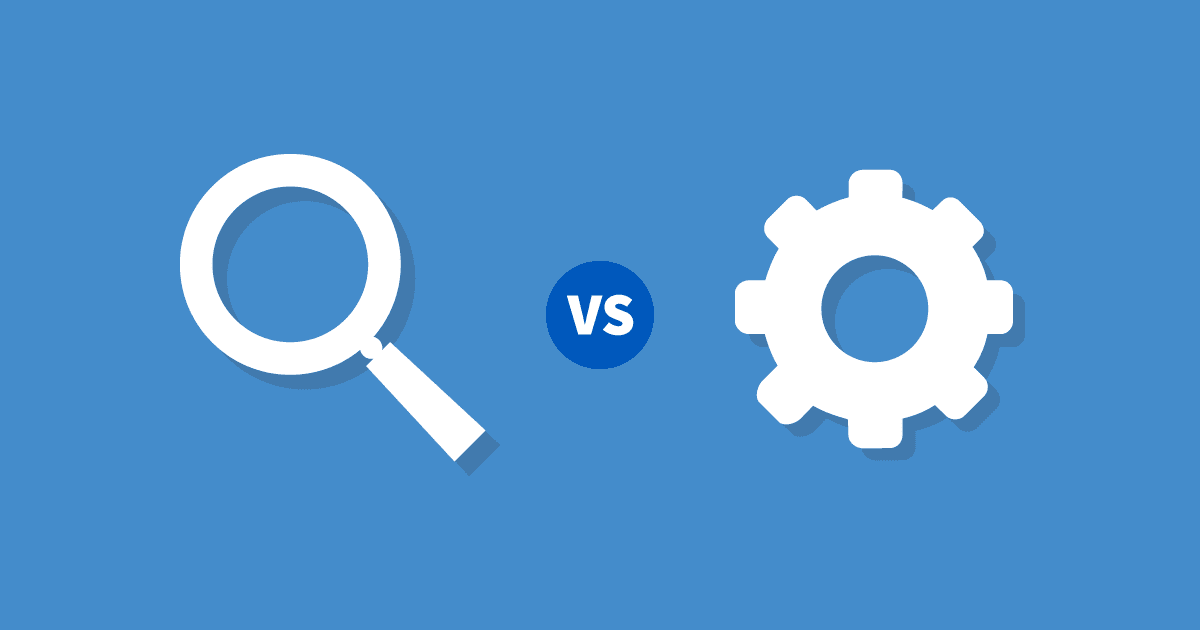When it comes to choosing the right database service for your application on AWS, you often find yourself faced with numerous options. Two popular choices are Amazon Redshift vs. Amazon DynamoDB, each designed for specific use cases and tailored to handle different workloads. In this blog post, we’ll dive into a detailed comparison of Amazon Redshift and Amazon DynamoDB to help you make an informed decision.
Amazon Redshift
Amazon Redshift is a fully managed data warehousing service that is purpose-built for analytics. It is designed to handle large volumes of structured data and perform complex queries efficiently. Here are some key features of Amazon Redshift:
- Data Warehousing: Amazon Redshift is optimized for data warehousing workloads, making it ideal for storing and analyzing large datasets.
- Columnar Storage: It uses columnar storage, which is highly efficient for analytical queries, as it allows for faster retrieval of specific columns without scanning the entire dataset.
- SQL Support: Amazon Redshift supports standard SQL, which makes it easy for data analysts and SQL developers to work with the data.
- Scalability: You can easily scale the compute and storage resources based on your needs, ensuring that your data warehouse can handle growing workloads.
- Integration: It integrates seamlessly with other AWS services like Amazon S3, Amazon EMR, and AWS Glue, enabling you to build comprehensive data pipelines.
http://informationarray.com/2023/09/20/amazon-redshift-vs-google-bigquery-a-clash-of-data-warehousing-titans/
Amazon DynamoDB
Amazon DynamoDB, on the other hand, is a fully managed NoSQL database service designed for applications that require seamless scalability and high availability. It is suitable for a wide range of use cases, from web and mobile applications to gaming and IoT. Key features of Amazon DynamoDB include:
- NoSQL: DynamoDB is a NoSQL database, which means it can handle semi-structured and unstructured data with ease. This makes it flexible for handling diverse data types.
- Scalability: It provides automatic scaling of both read and write capacity to accommodate varying workloads, ensuring consistent performance.
- Managed Service: DynamoDB is a fully managed service, so you don’t need to worry about server management, patching, or infrastructure scaling.
- Low Latency: With single-digit millisecond latency for read and write operations, DynamoDB is well-suited for applications that require fast response times.
- Global Tables: It offers the capability to create global tables, allowing you to replicate data across multiple AWS regions for high availability and disaster recovery.
Comparison Table
To help you better understand the differences between Amazon Redshift and Amazon DynamoDB, let’s break down the comparison in a table:
| Feature | Amazon Redshift | Amazon DynamoDB |
|---|---|---|
| Database Type | Data warehousing (SQL) | NoSQL (Key-value and document) |
| Data Structure | Structured data | Semi-structured and unstructured data |
| Scalability | Vertical and horizontal (compute and storage) | Horizontal (read and write capacity) |
| Query Language | SQL | NoSQL (with support for JSON) |
| Latency | Higher (suitable for analytical queries) | Lower (single-digit millisecond) |
| Use Cases | Analytics, reporting, complex queries | Web applications, mobile apps, gaming, IoT |
| Complexity | More complex due to SQL and schema requirements | Simpler, with flexible schema |
| Cost Model | Pay-as-you-go based on compute and storage | Pay-as-you-go based on read and write capacity |
| Managed Service | Yes | Yes |
Which to Choose?
The choice between Amazon Redshift and Amazon DynamoDB largely depends on your specific use case and requirements. Here are some considerations to help you decide:
- Choose Amazon Redshift if you need a data warehousing solution for complex analytical queries, structured data, and integration with SQL-based tools and applications.
- Opt for Amazon DynamoDB if your application demands seamless scalability, low latency, and flexible data modeling, especially for unstructured or semi-structured data.
http://informationarray.com/2023/09/20/amazon-redshift-vs-amazon-rds-a-comprehensive-aws-database-comparison/
Here are some FAQS based on Amazon Redshift and Amazon DynamoDB
Question: What distinguishes Amazon Redshift from DynamoDB?
Answer: Amazon Redshift is a specialized data warehousing service tailored for analytical workloads, optimized for structured data and SQL querying. In contrast, Amazon DynamoDB serves as a NoSQL database service, prioritizing rapid and flexible storage and retrieval of semi-structured and unstructured data.
Question: Which is faster, Amazon Redshift or DynamoDB?
Answer: The speed of Amazon Redshift or DynamoDB hinges on your specific use case and queries. Amazon Redshift excels in analytical queries on structured data, whereas DynamoDB is engineered for low-latency, high-throughput access to unstructured or semi-structured data. The determination of which is “faster” depends on your workload requirements.
Question: What sets Amazon RDS apart from DynamoDB?
Answer: Amazon RDS (Relational Database Service) is a managed relational database service compatible with various database engines like MySQL, PostgreSQL, and SQL Server. It suits structured data and follows a traditional relational database model. In contrast, Amazon DynamoDB is a NoSQL database service ideal for unstructured or semi-structured data, offering seamless scalability and low-latency access.
Question: Is Amazon Redshift SQL-based or NoSQL-based?
Answer: Amazon Redshift is SQL-based. It utilizes a columnar storage format and supports SQL queries, making it a robust choice for data warehousing and complex analytical tasks involving structured data.
In many cases, you might find that your application requires a combination of both services to handle different aspects of your data processing pipeline. AWS provides a comprehensive ecosystem of services that can work together to meet your application’s needs.
Remember that AWS continually updates and improves its services, so it’s essential to stay up-to-date with the latest features and pricing models to make the most informed decision for your specific use case.
In conclusion, both Amazon Redshift and Amazon DynamoDB are powerful database services, but they cater to different use cases and requirements. By understanding your application’s needs and the strengths of each service, you can make an informed choice that best suits your data storage and processing needs on AWS.









